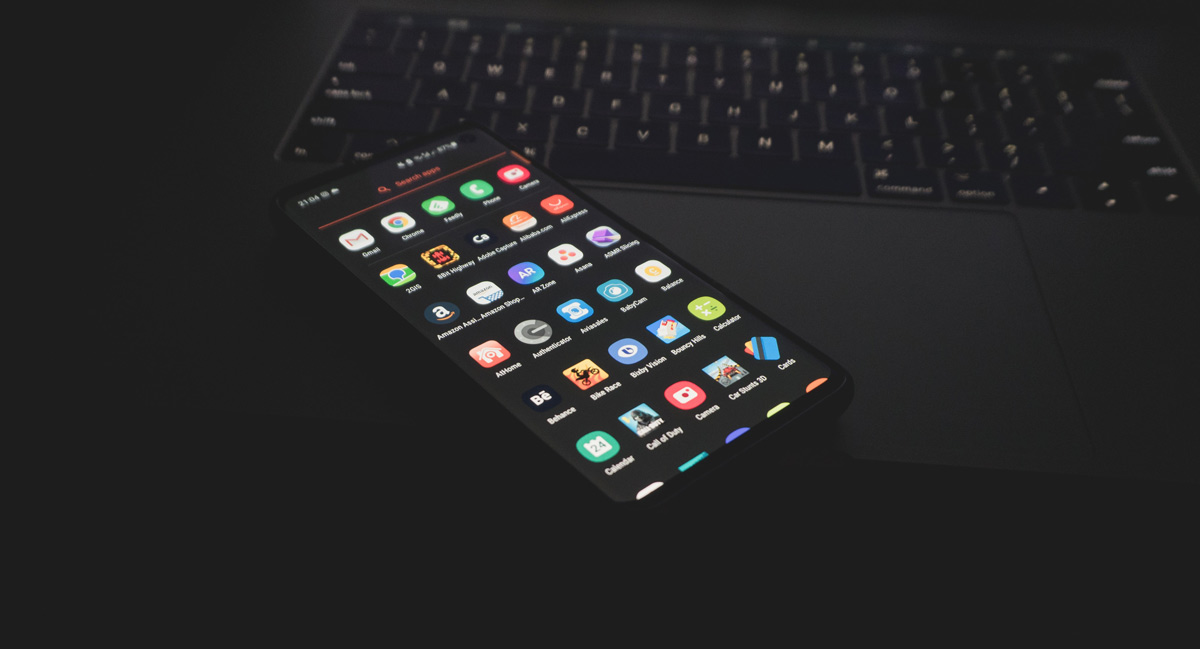Imagine a couple of entrepreneurs have a brilliant idea for a mobile app. They build a team, spend months developing the app, and finally launch it. But then, they wait…and wait…for the downloads to roll in.
The reality is, launching your app is just the beginning. You need to actively promote it to get those downloads.
Creating a Strong App Store Landing Page
A good starting point is optimizing your app store landing page, similar to how you would optimize a website for search engines. Here’s how:
- Title Optimization: Include relevant categories and keywords in your app’s title. Make it concise and avoid unnecessary repetition.
- Keyword Usage: Use hidden optimization tags to help your app appear in relevant searches. Choose single keywords over phrases and avoid repeating words from your title.
- App Icon: Design a simple, attractive icon that aligns with your app’s design. Use solid colors and avoid text.
- Description: Write a compelling, clear, and concise description that quickly conveys the app’s value. Make the first few lines especially persuasive.
- Screenshots and Videos: Use high-quality screenshots and videos to show how your app works and highlight its best features.
Example: Munchery, a meal delivery app, uses these techniques effectively. Their title includes relevant categories like “Food” and “Meal.” Their keywords are well-chosen, their icon is simple and recognizable, and their description is clear and compelling. They also use meaningful screenshots to demonstrate the app’s functionality.
Paid Mobile Advertising Options
If you have an advertising budget and want to boost your downloads further, consider the following types of mobile ads:
- Mobile Install Ads: These ads direct users straight to the app store to download your app. Platforms like Google, Facebook, Instagram, TikTok, and Amazon offer various formats.
- Display Ads: Appear while users are using other apps. These can include your app icon, reviews, screenshots, or a video.
- Search Ads: Show up in search results when users search for keywords you bid on.
- Video Ads: Platforms like YouTube TrueView show your video ad to users watching related content. Clicking the ad takes them to your app store page.
Using Your Own Channels and Assets
Maximize your existing assets to promote your app:
- Website and Blog: Add download links and install buttons prominently.
- Social Media: Regularly promote your app on all your social media platforms.
- Email Marketing: Include download links in your newsletters and marketing emails.
- User Reviews: Encourage users to leave positive reviews and respond promptly to feedback to improve ratings and user experience.
Additional Promotion Strategies
Here are more ways to get your app noticed:
- Storytelling: Share the story behind your app’s creation on your landing page and social media.
- SEO and Banner Ads: Create an app page on your website and drive traffic to it through SEO and banner ads.
- Creative Content: Make a compelling product video that is creative, funny, or thought-provoking.
- Media Outreach: Pitch your app to review sites like 148Apps, AppStoreApps, and AppAdvice, and to bloggers who cover related niches.
Continuous Monitoring and Adaptation
Regularly monitor your app’s download rates and user feedback. If downloads slow down, be ready to switch tactics and try new strategies.
By following these updated techniques and leveraging the latest trends in mobile marketing, you can significantly increase your app’s visibility and downloads.





